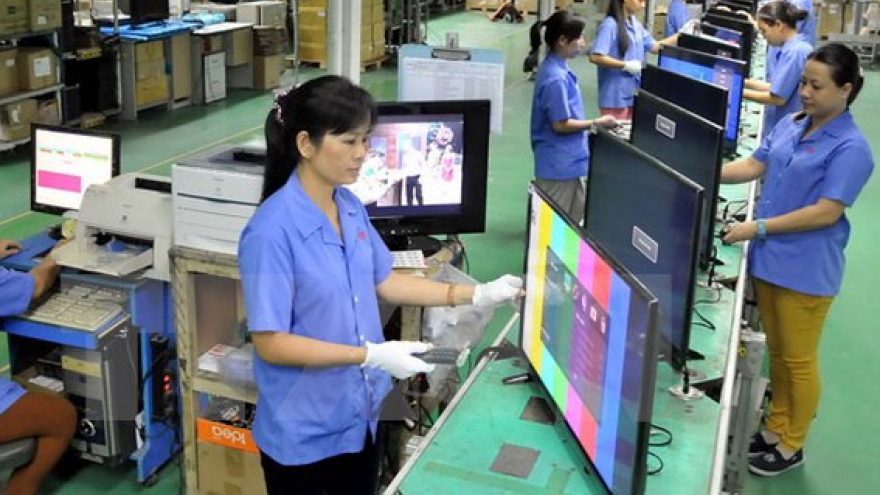The ASEAN Community is based on 3 pillars: Political-security, economics, and culture and society. Economics plays a fundamental role in integration.
A larger play-ground, more opportunities
The ASEAN Economic Community (AEC) has integrated 10 of Southeast Asia economies into a single market of 625 million people, a combined gross domestic product of US$2.6 trillion, and without tariff and non-tariff barriers. It will be Vietnam’s biggest foreign market with a number of economic opportunities.
AEC brings not only opportunities
The AEC exposes Vietnam not only to advantages. In the AEC, all member markets are equal and a poorly performancing market will become less competitive and left behind. If Vietnam loses its appeal to investors, they will shift to other ASEAN countries with more favorable conditions. In the World Economic Forum’s Global Competitive Report, Vietnam’s ranking has improved but has never been higher than that of the 6 ASEAN founding members. A survey of investment and trade environment in ASEAN countries ranked Vietnam at a low level of policy transparency, particularly in tariffs and customs.
The biggest commercial challenge for Vietnam is to cut 7% of tariff lines, equivalent to about 400 items, between now and 2018. These items were categorized as highly sensitive products or Vietnam’s less competitive products.
Regarding other obstacles, Pham Binh An, Director of the WTO center in Ho Chi Minh city said “Vietnamese businesses have little information about the AEC. We have conducted a survey on this matter. It’s the biggest challenge because they do not know about opportunities and challenges, and have made no preparation.”
Macro-policies and businesses’ self-reliance
Vietnamese policy-makers and businesses should be aware of the challenges so that they can act to grasp opportunities.
At a seminar earlier this year, Deputy Prime Minister Pham Binh Minh said it is important to change awareness through from the top level to enterprises and for people about the ASEAN Community.
“Since ASEAN initiated the building of an ASEAN Community in 2009, Vietnam had worked out a cooperative plan until 2015 including government actions. In its international integration strategy, Vietnam has orientations to work with ASEAN countries to develop the Community by 2025,” Deputy PM Minh added.
Besides macro-policies, businesses have to promote the spirit of self-reliance and improve their capability to be ready for integration.
